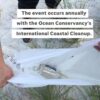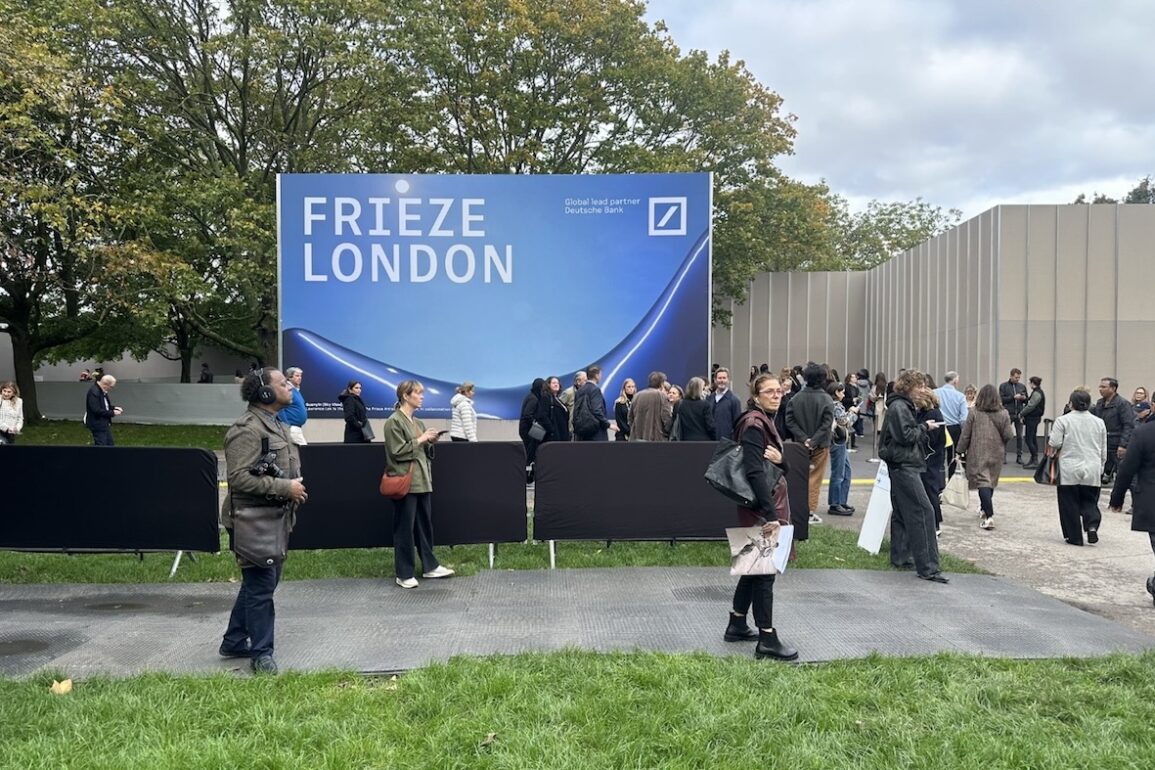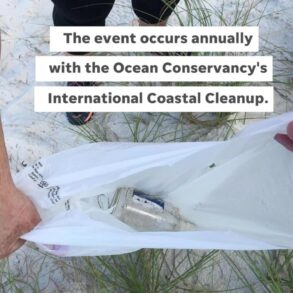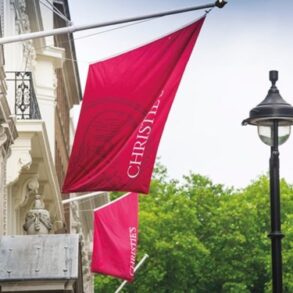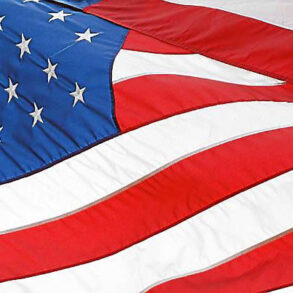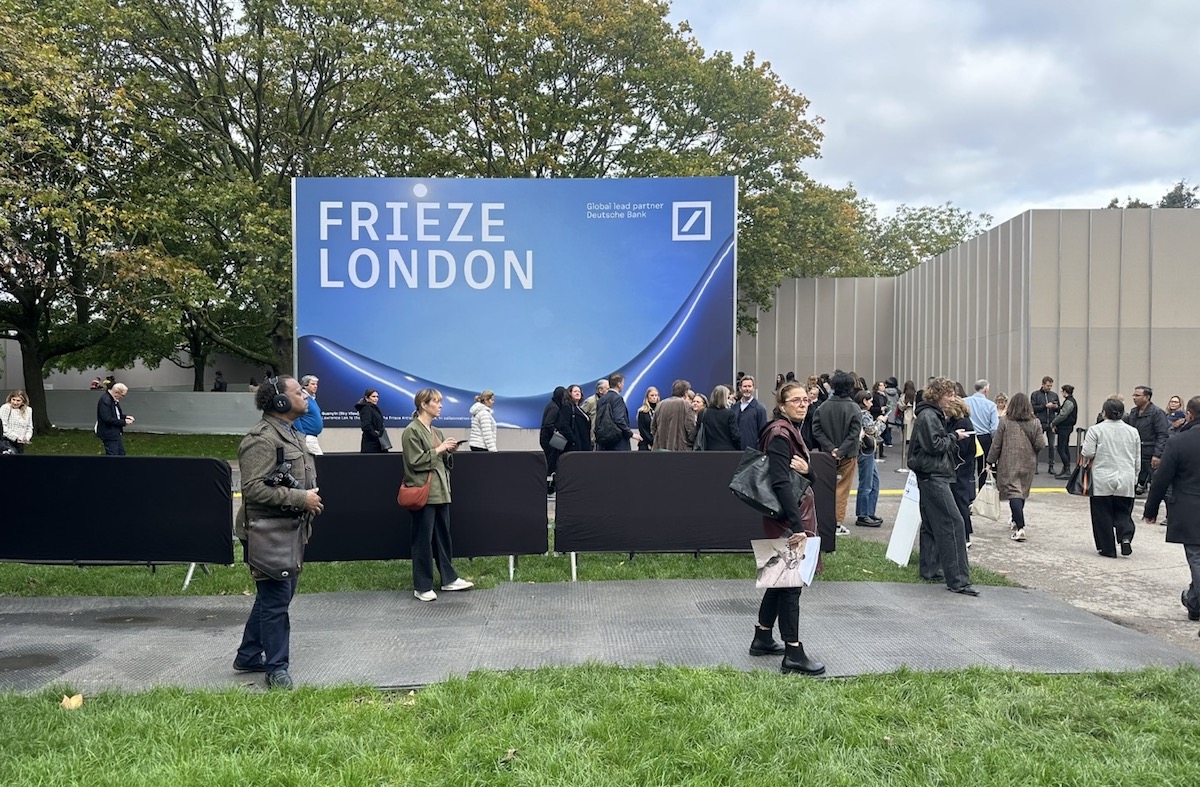
Endeavor Group Holdings Inc, the entertainment conglomerate that owns Frieze, is reportedly considering selling the global art fair operator and its affiliated magazine. All assets under the Frieze umbrella, including art fairs scheduled for 2025, are being evaluated for sale as part of Endeavor’s strategic shift to focus more on its talent representation business. In a letter, Frieze CEO Simon Fox informed exhibitors that Endeavor’s move to become a private company may involve divesting some of its assets. The equity value of the deal was set at $13 billion, with Silver Lake agreeing to pay $27.50 per share, representing a 55 per cent premium on its October 2023 share value.“Consequently, over the next few months, Endeavor will lead a process that may result in an ownership change for us,” Fox wrote.
The potential sale of Frieze comes as Endeavor undertakes a broader strategic review of its event assets, spanning industries beyond the art market. Frieze also opened No.9 Cork Street, a permanent exhibition space in London’s Mayfair district. Last summer, Frieze acquired two U.S. fairs—Expo Chicago and the Armory Show, its main competitor in New York. Endeavor acquired a majority stake in Frieze in 2016 and later became its sole owner. Earlier this year, private equity firm Silver Lake reached an agreement to take Endeavor private in a deal expected.
Frieze Art Fair has become one of the leading players in the global art market. From its humble beginnings in 2003, the Frieze Art Fair has made its way to become the talk of the worldwide art market. Initiated by Amanda Sharp and Matthew Slotover, founders of Frieze magazine, The fair was conceptualized as an energy-laden space for the latest contemporary art. From its inception, Frieze gained a loyal audience. Its appeal simultaneously threatened other, more traditional art fairs. Taking place in London’s Regent’s Park, the venue itself was precariously avant-garde from the start tent among the foliage of the park traded the clean glass and echoey acoustics of a regular gallery for a breezy and still somewhat unusual format that instantly distinguished Frieze from anything else.
From the first day, Frieze became a hot attraction for top-flight galleries. Weighed names like Gagosian and David Zwirner signed up, bringing along their trail of high-profile contemporary artists and collectors in hot pursuit. That momentum spurred expansion almost immediately. In 2012, Frieze launched in New York and staged its inaugural fair on Randall’s Island, further embedding itself among North American collectors and artists. Tucked into the event were a dedicated sculpture park and nonprofit art spaces, and a new wave of engagement proved the fair could thrive on both sides of the Atlantic.
In 2014, Frieze continued to evolve with Frieze Masters, a London-based counterpart fair exhibiting historical works from antiquity to the 20th century. Running concurrently with the original in Regent’s Park, Frieze Masters proved the juxtaposition of ancient and modern was unexpected, and in combining it, it captured a wider collector base for the contrast of past and present.
Then, in 2019, Frieze Los Angeles came, which took the fair into new cultural dimensions. The LA edition took centre stage at Paramount Pictures Studios, lending a touch of Hollywood glamour to art in record numbers as visitors from both the art and entertainment worlds converged. Programming for the LA fair echoed Frieze’s gift for reimagining what an art fair can be: it combined the best in contemporary art with LA’s signature film culture in a way that made something new for this city’s art scene. The fair has also expanded into the Korean market with a fair in Seoul Korea.
Tags
Endeavor Group Holdings, Frieze, Sell off
This post was originally published on this site be sure to check out more of their content

